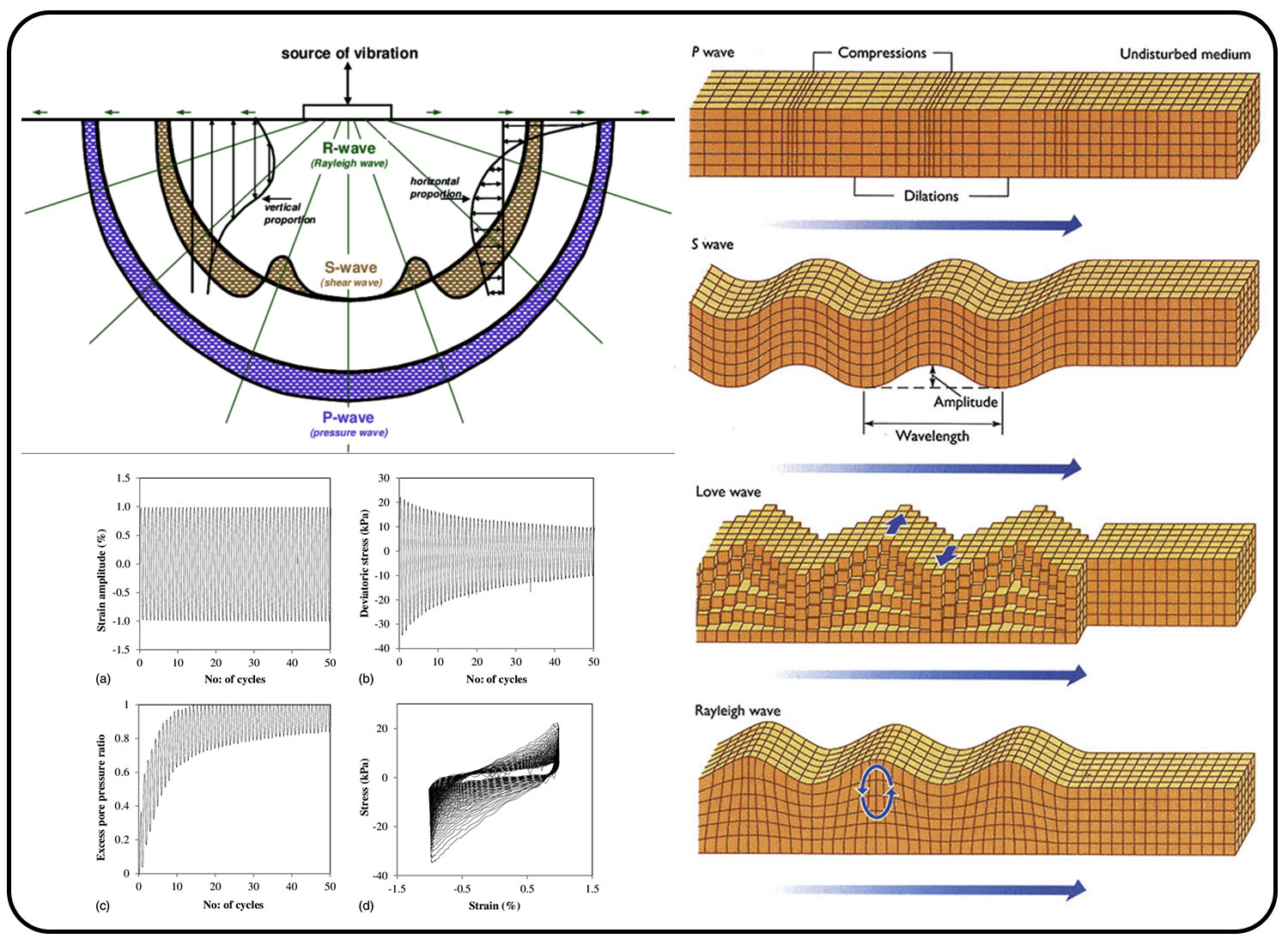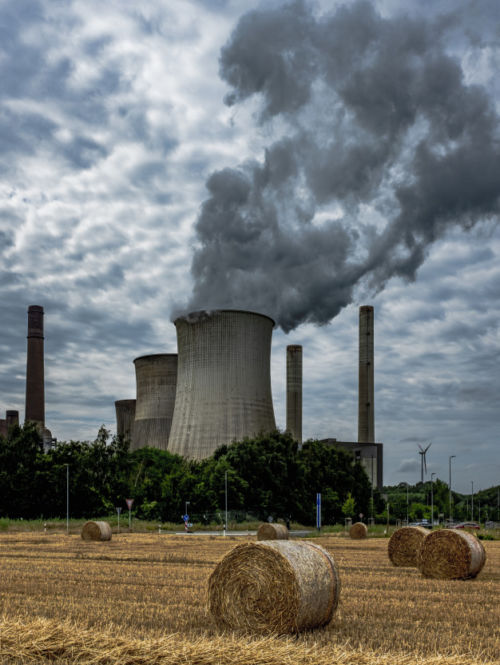| 1. INTRODUCTION
Overview of the main geotechnical seismic hazards (e.g., liquefaction, seismically triggered landslides) and of their implications for the built and natural environment. The dominant role of soil layer and topography amplification in historic seismic events (e.g. Kobe 1995, Chi-Chi 1999, Christchurch 2011). 2. ELEMENTS OF ENGINEERING SEISMOLOGY AND DYNAMIC RESPONSE OF SIMPLE SYSTEMS Elastic rebound theory. Seismic faults (types of faults, main features, dimensions, active and non-active faults). Location of seismic sources and magnitude of earthquakes. Response of a single degree of freedom system to base excitation. Elastic response spectra. 3. WAVE PROPAGATION Wave propagation in one-direction, longitudinal and shear body waves, reflection and refraction of waves. Wave propagation in a homogeneous elastic half-space, in a layered half-space, surface waves (Rayleigh and Love), wave propagation in porous media, influence of the water table. 4. SOIL BEHAVIOUR UNDER DYNAMIC LOADING Overview of the fundamental dynamic soil properties and their measurement in the laboratory (bender elements, resonant column, cyclic triaxial). Dynamic soil response for a wide range of strains. 5. SOIL LIQUEFACTION Liquefaction phenomenon (cyclic mobility and flow liquefaction) through laboratory tests. Consequences of liquefaction on the built and natural environment. Evaluation of liquefaction potential through empirical methodologies (SPT and CPT based). Mitigation measures against liquefaction. 6. SITE RESPONSE ANALYSIS Soil layer amplification. Close-form solutions for 1D wave propagation in visco-elastic soil. Numerical methods. Equivalent linear and simple nonlinear constitutive models. 2D and 3D wave propagation and effect of topography on wave propagation. 7. DESIGN OF GEOTECHNICAL STRUCTURES UNDER SEISMIC LOADING Slope stability and retaining walls under seismic loading. Selection of appropriate seismic coefficient and factor of safety for pseudo-static analysis. Seismic design of piles.
|
GEOTECHNICAL EARTHQUAKE ENGINEERING
| SEMESTER | 8th or 10th |
|---|---|
| eclass | https://eclass.upatras.gr/courses/CIV1737/ |
| Details | http://www.civil.upatras.gr/index.php/odhgos/ |
| Instructor | KONTOE STAVROYLA |
| LANGUAGE OF INSTRUCTION and EXAMINATIONS | Greek. |
| Credits ECTS | 5 |
| Erasmus+ | Νο |
| Code | CIV_8355Α |
|
Upon successful completion of this course, students will be able to: 1. Recognise the main geotechnical seismic hazards and to assess their consequences to the built and natural environment. 2. Evaluate the seismic response of soil layers based on closed form solutions and on their implementation in wave propagation software. 3. Assess the liquefaction potential based on simplified methodologies. 4. Evaluate the seismic response of slopes, retaining walls and piles.
|





